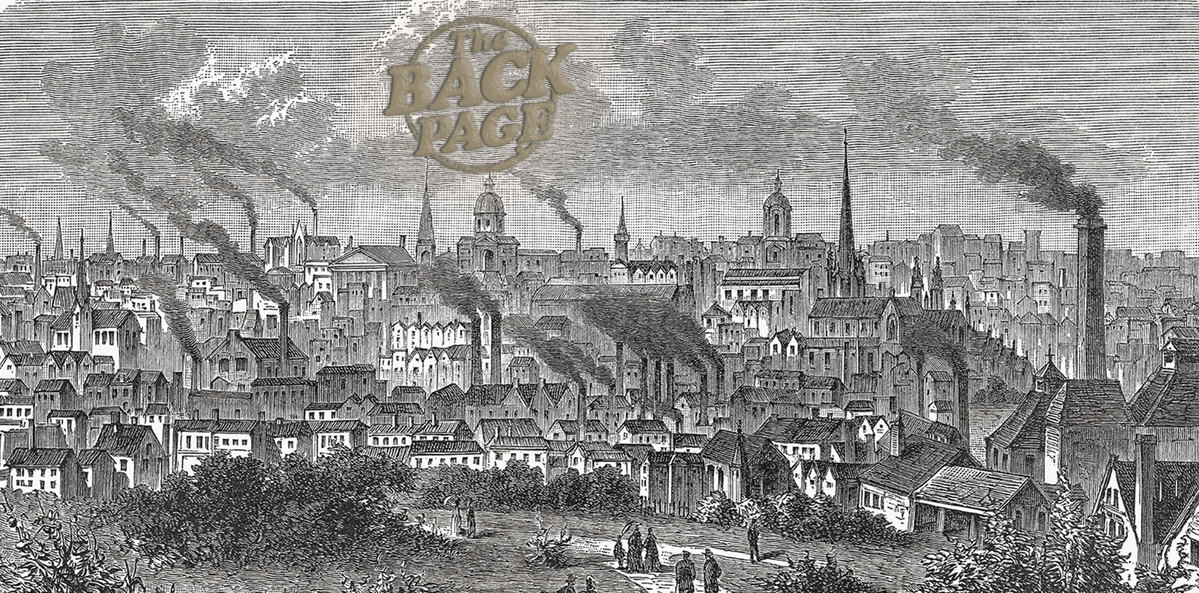England’s mills may have been dark and satanic, but they weren’t entirely to blame for the poor bone health at the time.
Your Back page correspondent was lucky enough to spend much of his youthful leisure time in the outdoors.
The parents had a simple child-raising philosophy which can be summed up as: indoors bad, outdoors good.
This resulted in countless hours of what these days would be called “unstructured play” but in those days was called “chucking hunks of sheep poo at things”.
Turns out, this practice of getting out in the sunlight and fresh air had much to recommend it. Even if there has been the odd BCC or two later on in life, I was never in any danger of developing rickets.
The same cannot be said for children growing up in the north of England during the industrial revolution, which kicked off in the late 18th century.
It has been known for many years that there was an increase in childhood bone disease caused by vitamin D deficiency in 18th and 19th-century Europe. And in a part of the world not renowned for its abundance of sunshine at the best of times, it has long been assumed that the development of smoke belching factories and mills made things much worse.
But new research, published this week in PLOS One, suggests the onset of factory work and air pollution were not entirely to blame for the period’s vitamin D deficiencies.
Researchers from New Zealand’s Otago University, Durham University, University of Edinburgh, University of Brighton, and University of Queensland sampled teeth from a cemetery site in industrial-era England, looking for microscopic markers of nutritional disease.
Lead author Dr Annie Sohler-Snoddy, a research fellow in Otago’s Department of Anatomy, told media the team had uncovered some of the first clear evidence of vitamin D deficiency as a seasonal phenomenon.
“It has been assumed that this was due to more people, including children, working long hours indoors, living in crowded housing and in smog-filled environments, all of which reduce the amount of sunlight that reaches a person’s skin, which is the main way humans make vitamin D,” she said.
However, new bioarchaeological methods enabled the researchers to get a much clearer picture of how vitamin D deficiency affected people living in the industrial north, rather than looking at bone deformities alone.
The study found markers associated with vitamin D deficiency in the interior part of 76% of the teeth analysed. In many samples, these occurred regularly, in annual increments.
“This shows clear evidence of seasonal vitamin D deficiency in the teeth of people living in the north of England.
“This is exciting because it highlights that latitude and seasonal lack of sunlight was a major factor in the amount of vitamin D these people could make in their skin – it’s more complicated than the factors associated with the industrial revolution like working indoors more,” Dr Sohler-Snoddy said.
Which is why news reports a few years back predicting a rise in rickets related to the growing popularity of computer gaming among young people proved to be hyperbolic to say the least, and just plain wrong in reality.
Unless, of course, those gamers also live exclusively in windowless basements and live on a diet of fried foods and pizza.
Send little rays of sunshine in the form of story tips to penny@medicalrepublic.com.au.


